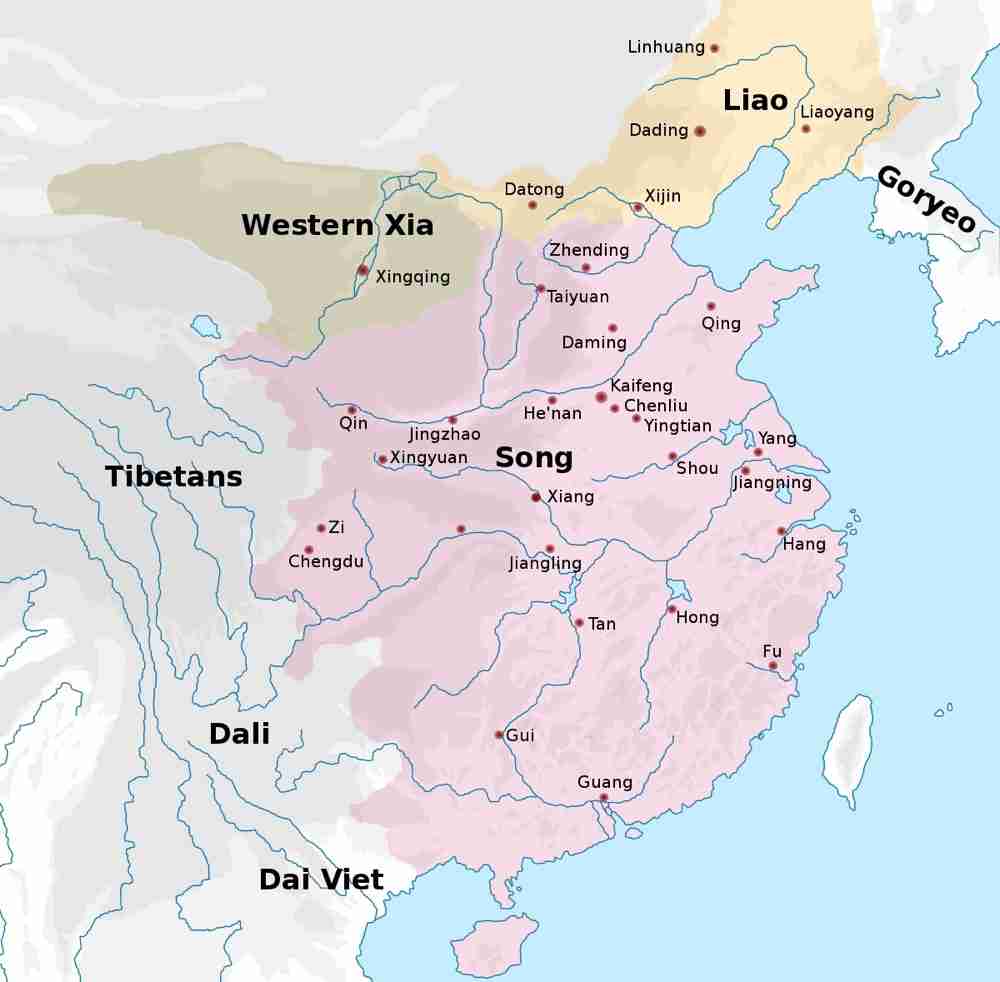The Song Dynasty was a ruling dynasty in China that lasted from 960 to 1279. It was divided into two periods: the Northern Song Dynasty (960-1127) and the Southern Song Dynasty (1127-1279). In this article, we will explore the founders of each dynasty, the locations of their capitals, and the reasons why the Song Dynasty shifted to the south.
Who founded the Northern Song Dynasty?

The Northern Song Dynasty was founded by Emperor Taizu, whose given name was Zhao Kuangyin. He was a military general who rose to power during the chaotic period known as the Five Dynasties and Ten Kingdoms. After consolidating his power, he declared himself emperor in 960 and established the Northern Song Dynasty.
Where was the Northern Song Dynasty capital?
The capital of the Northern Song Dynasty was Kaifeng, which is located in present-day Henan Province. It was a bustling city with a population of over one million people. The city was known for its advanced urban planning, including a sophisticated system of canals and bridges.
Who founded the Southern Song Dynasty?

The Southern Song Dynasty was founded by Emperor Gaozong, whose given name was Zhao Gou. He was the ninth son of Emperor Huizong of the Northern Song Dynasty. After the fall of the Northern Song Dynasty in 1127, he fled the south and established the Southern Song Dynasty.
Where was the Southern Song Dynasty capital?
The capital of the Southern Song Dynasty was initially located in Hangzhou, which is located in present-day Zhejiang Province. It was a prosperous city with a population of over one million people. The city was known for its beautiful scenery and was a popular destination for poets and artists.
Why did the Song Dynasty shift to the south?
The Song Dynasty shifted to the south because of the invasion of the Jurchen people, who established the Jin Dynasty in the north. In 1127, the Jurchen people captured the Northern Song capital of Kaifeng, forcing the emperor and his court to flee south. The Jin Dynasty then established a puppet regime in the north, which they called the Northern Song Dynasty, but it was not recognized by the people of the south.
The Song Dynasty continued to rule from the south, but they were forced to make significant changes to their political and military strategies. The geography of the south was very different from the north, with a network of rivers and waterways that made it more difficult for invading armies to attack. The Song Dynasty focused on naval power and the construction of a powerful navy to defend against the Jin Dynasty.
The shift to the south also brought about significant cultural and economic changes. The south was known for its commercial and cultural vibrancy, and the Song Dynasty encouraged trade and commerce. The development of the Grand Canal, which connected the Yellow River in the north to the Yangtze River in the south, further boosted trade and helped to unify the country.
In conclusion, the Song Dynasty was a significant period in Chinese history, marked by its military, political, and cultural achievements. The dynasty was divided into two periods, the Northern Song Dynasty and the Southern Song Dynasty, each with its own capital and founder. The shift to the south was due to the invasion of the Jurchen people and brought about significant changes to the dynasty’s political, military, cultural, and economic landscape. Despite its challenges, the Song Dynasty made significant contributions to Chinese civilization and its legacy continues to be felt today.